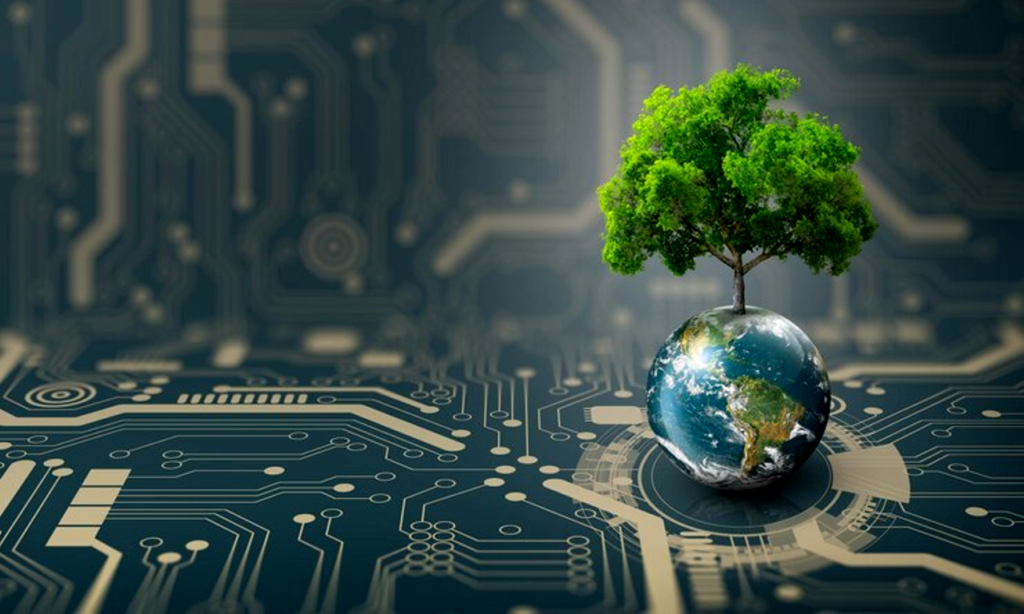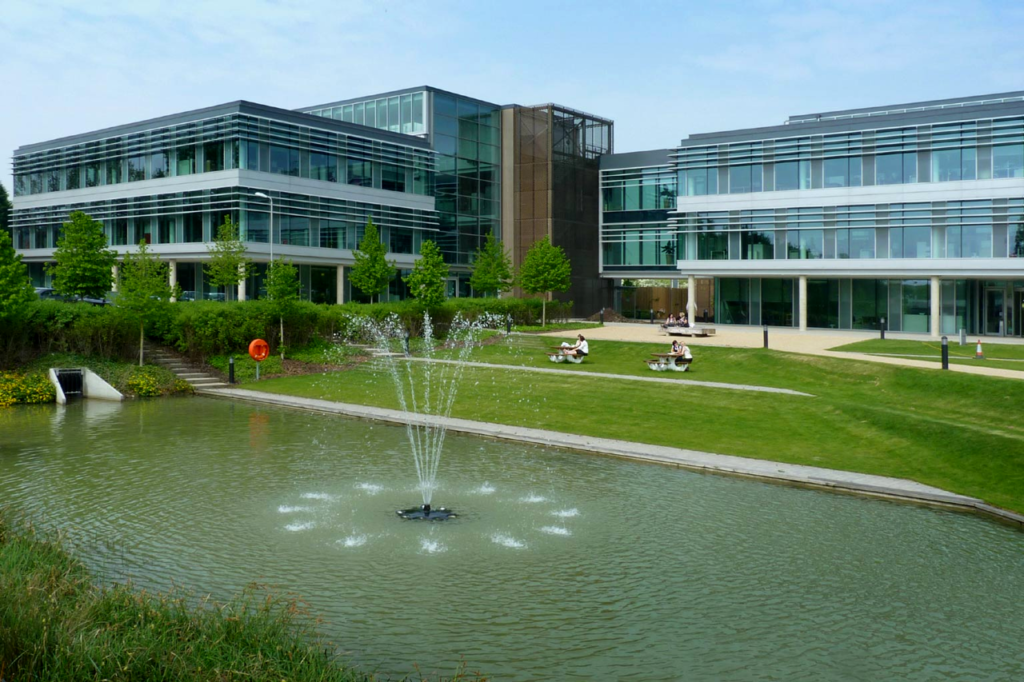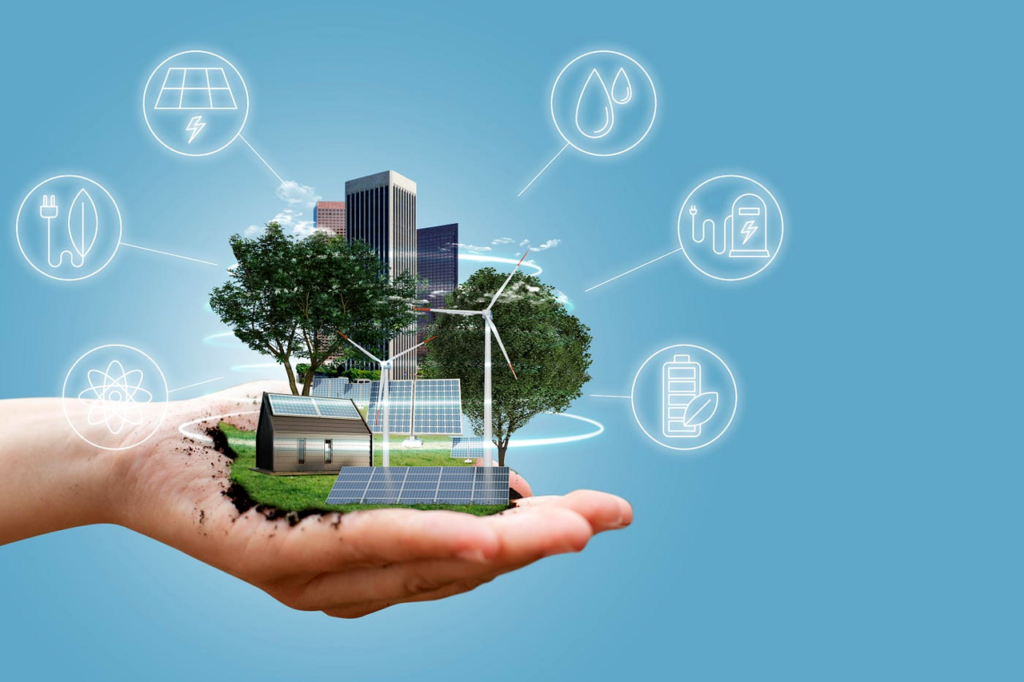The Green Revolution: Tech Solutions for Environmental Challenges

The modern world faces an array of environmental challenges, from deforestation and pollution to climate change. However, advancements in technology offer promising solutions to these pressing issues. In this article, we explore how innovative technologies are driving the Green Revolution and reshaping the landscape of environmental conservation.
Read More: Green Tech: Paving the Way for a Sustainable Tomorrow
Contents
- 1 Introduction to the Green Revolution
- 2 Environmental Challenges in the Modern World
- 3 Importance of Technology in Addressing Environmental Issues
- 4 Tech Solutions for Deforestation
- 5 Combatting Pollution with Technology
- 6 Mitigating Climate Change Through Innovation
- 7 Sustainable Agriculture Techniques
- 8 Role of Biotechnology in Environmental Conservation
- 9 Challenges and Criticisms of Green Technology
- 10 Government Policies and Regulations Supporting Green Innovation
- 11 The Future of the Green Revolution
- 12 FAQs
- 13 The Final Words
Introduction to the Green Revolution

The Green Revolution symbolizes a global movement towards sustainable practices and technologies aimed at mitigating environmental degradation. It encompasses various sectors including energy, agriculture, transportation, and waste management. The adoption of innovative technologies is pivotal in addressing the pressing environmental challenges faced by the modern world.
Environmental Challenges in the Modern World
Deforestation
Deforestation remains a significant threat to biodiversity and ecosystem stability. The rampant clearing of forests, driven by factors such as urbanization and agricultural expansion, leads to habitat loss, soil erosion, and disruption of natural carbon cycles.
Pollution
Pollution in its various forms, including air, water, and soil pollution, poses grave threats to human health and the environment. Emissions from industrial activities, vehicular traffic, and agricultural practices contribute to the deterioration of air quality, water contamination, and soil degradation.
Climate Change
Climate change, primarily caused by the accumulation of greenhouse gases in the atmosphere, presents one of the most urgent environmental challenges. Rising global temperatures, melting polar ice caps, and extreme weather events are among the visible impacts of climate change, posing risks to ecosystems, economies, and human livelihoods worldwide.
Importance of Technology in Addressing Environmental Issues
Technology plays a pivotal role in addressing environmental challenges by providing innovative solutions that enhance resource efficiency, reduce emissions, and promote sustainable practices. From monitoring and mitigation to adaptation and innovation, technology serves as a powerful tool in the fight against environmental degradation.
Tech Solutions for Deforestation
AI-driven Forest Monitoring Systems
Advanced artificial intelligence algorithms enable real-time monitoring of forest ecosystems. Satellite imagery, combined with machine learning techniques, facilitates the detection of illegal logging activities and encroachments, allowing authorities to take timely action to protect vulnerable forest areas.
Blockchain for Sustainable Logging
Blockchain technology offers a transparent and immutable ledger system for tracking timber origins and supply chains. By creating tamper-proof records of logging activities, blockchain ensures accountability and promotes sustainable forestry practices, thereby combating illegal logging and forest degradation.
Combatting Pollution with Technology

IoT Devices for Air Quality Monitoring
Internet of Things (IoT) devices equipped with sensors provide continuous monitoring of air quality parameters such as particulate matter, nitrogen oxides, and volatile organic compounds. These devices enable authorities to identify pollution hotspots, assess the effectiveness of pollution control measures, and implement targeted interventions to improve air quality.
Waste Management Technologies
Innovative waste management technologies offer efficient solutions for the treatment and disposal of various types of waste. From recycling robots that automate the sorting process to waste-to-energy systems that generate electricity from organic waste, these technologies promote resource recovery, reduce landfill emissions, and minimize the environmental impact of waste disposal.
Mitigating Climate Change Through Innovation
Renewable Energy Sources
The widespread adoption of renewable energy sources, including solar, wind, and hydropower, plays a crucial role in reducing reliance on fossil fuels and mitigating greenhouse gas emissions. By harnessing the power of natural resources, renewable energy technologies offer clean and sustainable alternatives to traditional energy sources, thereby contributing to climate change mitigation efforts.
Carbon Capture and Storage (CCS) Technologies
Carbon capture and storage technologies capture CO2 emissions from industrial processes and power plants, preventing them from entering the atmosphere and contributing to global warming. These technologies involve capturing CO2 from point sources, transporting it to storage sites, and securely storing it underground or utilizing it for enhanced oil recovery and industrial processes.
Sustainable Agriculture Techniques
Precision Farming
Precision farming techniques utilize data analytics, remote sensing, and IoT sensors to optimize resource usage and maximize crop yields while minimizing environmental impact. By precisely targeting inputs such as water, fertilizers, and pesticides, precision farming reduces waste, improves soil health, and enhances the resilience of agricultural systems to climate variability.
Vertical Farming
Vertical farming employs innovative cultivation methods such as hydroponics, aeroponics, and vertical stacking to produce food in indoor, controlled environments. By minimizing land use, water consumption, and chemical inputs, vertical farming offers a sustainable solution to the challenges of traditional agriculture, enabling year-round production of fresh, nutritious food in urban areas.
Role of Biotechnology in Environmental Conservation
Genetically Modified Organisms (GMOs) for Crop Resilience
Genetically modified crops engineered for traits such as drought tolerance, pest resistance, and increased nutrient efficiency offer potential solutions to the challenges of climate change and food security. By enhancing crop resilience and reducing the need for chemical inputs, GMOs contribute to sustainable agriculture practices while addressing the nutritional needs of a growing global population.
Bioremediation
Bioremediation techniques harness the natural abilities of microorganisms to degrade pollutants and restore contaminated environments. From oil spills and industrial wastewater to soil and groundwater contamination, bioremediation offers cost-effective and environmentally friendly solutions for environmental cleanup, promoting the restoration of ecosystems and the protection of human health.
Challenges and Criticisms of Green Technology
Despite its potential benefits, green technology faces challenges such as ethical concerns regarding genetic engineering, as well as economic viability issues associated with initial investment costs and regulatory barriers. Critics argue that certain technologies may have unintended consequences or negative impacts on biodiversity, human health, and socio-economic dynamics.
Government Policies and Regulations Supporting Green Innovation
Government policies and regulations play a crucial role in fostering innovation and incentivizing the adoption of green technologies. Through subsidies, tax incentives, research grants, and environmental mandates, governments can create a supportive framework for green innovation, encouraging investment in clean energy, sustainable agriculture, and environmental conservation initiatives.
The Future of the Green Revolution

The future of the Green Revolution hinges on continued technological innovation, public-private partnerships, and global cooperation. By leveraging the power of technology, we can address the interconnected challenges of environmental sustainability and climate change, creating a greener, more resilient planet for future generations.
Read More: The UK Response to Climate Change: Tech Solutions for a Greener Future
FAQs
- What are some examples of renewable energy sources? Renewable energy sources include solar, wind, hydroelectric, geothermal, and biomass energy.
- How can blockchain technology help combat illegal logging? Blockchain technology provides transparent and immutable records of timber origins and supply chains, enabling authorities to track and verify legal logging practices.
- What is precision farming, and how does it contribute to sustainable agriculture? Precision farming utilizes data-driven techniques to optimize resource usage and crop yields while minimizing environmental impact and promoting sustainable agricultural practices.
- Are genetically modified organisms safe for the environment? The safety of genetically modified organisms (GMOs) for the environment is subject to ongoing debate and research, with proponents highlighting potential benefits such as reduced pesticide use and increased crop resilience.
- What role can individuals play in supporting the Green Revolution? Individuals can support the Green Revolution by adopting sustainable practices such as reducing energy consumption, recycling, supporting renewable energy initiatives, and advocating for environmental conservation policies.
The Final Words
The Green Revolution represents a paradigm shift towards sustainable development, driven by technological innovation and collective action. By harnessing the power of technology, we can overcome environmental challenges and create a more sustainable future for all.







